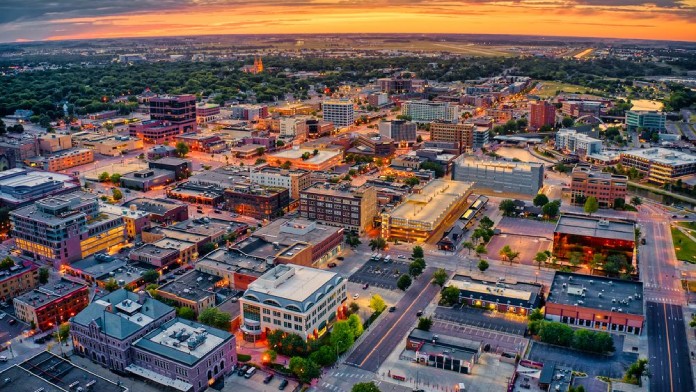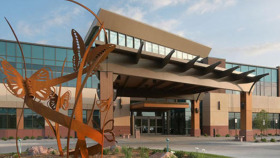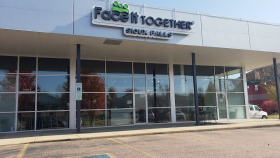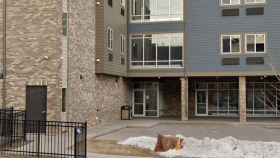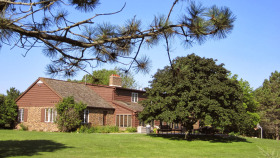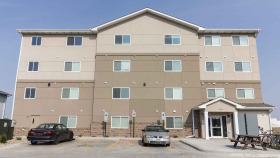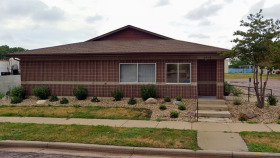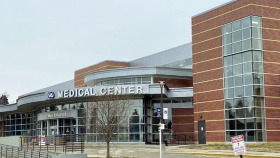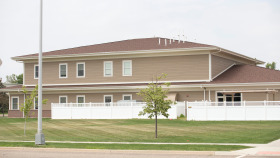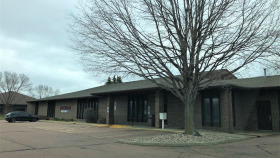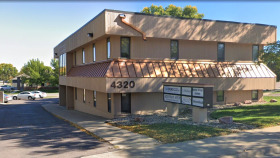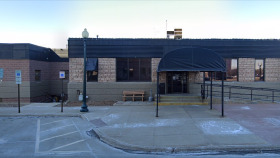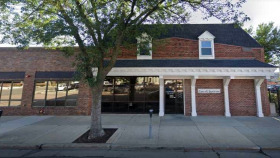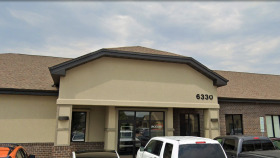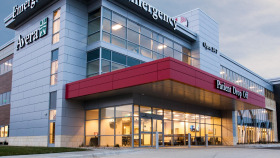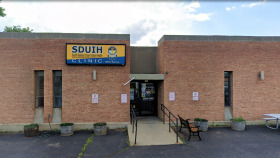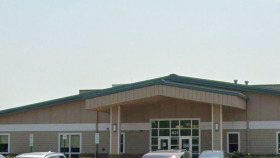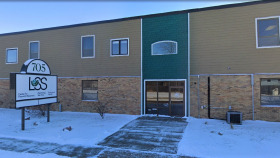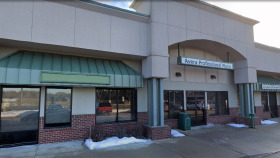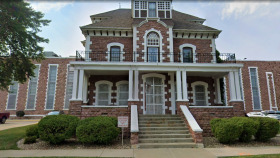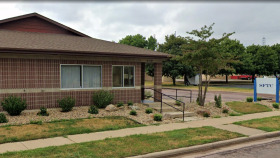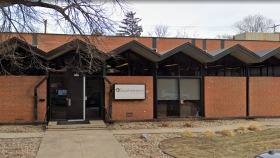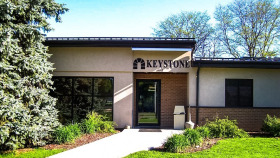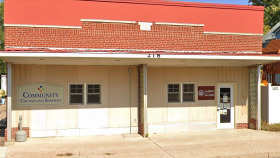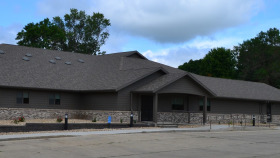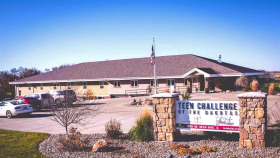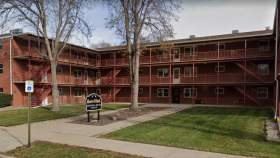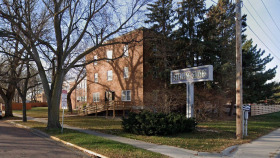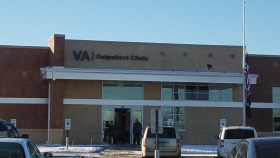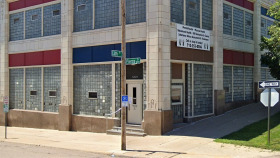Expert Insights
While many people hold the belief that people should just abstain from drugs, that isn’t the reality. People do use drugs and addiction is a social problem that isn’t going away, in my opinion. I think we need more harm-reduction approaches to save lives. That’s why I was pleased to hear that Sioux Falls has declassified fentanyl test strips as drug paraphernalia. Given that fentanyl has infiltrated the illicit drug supply, many people taking drugs are unknowingly consuming fentanyl and dying at a rate of over 100 people a year, just in South Dakota. It is common sense to allow these fentanyl test strips: it will save lives and free up law enforcement to tackle other crimes.
~ Olivia Pennelle
Cost of Drug Rehab in Sioux Falls
The cost of care at addiction treatment centers can vary. The type of program you choose will affect the cost: inpatient programs are typically more expensive than outpatient. If you go to an inpatient program, you have to pay for housing and food at the facility.
In addition, the costs include your counseling, medical care, and any additional activities. The cost of outpatient programs only includes the cost of counseling and therapy. You may be able to continue to work during outpatient treatment, whereas you may face loss of income or job loss while attending inpatient care.
The duration of the program is also a significant factor when estimating costs: longer programs mean covering the cost of rehab for a longer period of time. If you continue to attend aftercare programs, you will continue to have expenses associated with recovery.
The facility you choose can affect the price tag as well. A standard facility will be less expensive, but you may sacrifice privacy and creature comforts. Luxury programs that include specialized treatments or high-end amenities are more expensive. They may offer amenities such as private rooms and gourmet food as part of the costs. Travel expenses also affect overall costs.
Sioux Falls, SD Drug and Alcohol Statistics
Overall, South Dakota residents have a lower incidence of substance abuse disorder than people in other areas of the United States. South Dakota residents report lower rates of excessive drinking and non-medical drug use than the U.S. averages of 17.6% and 12%, respectively.
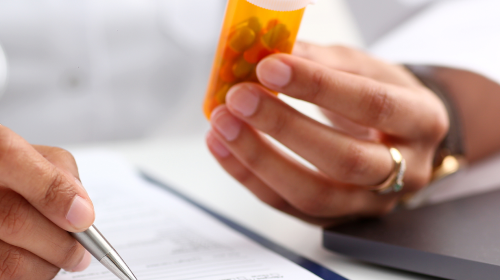
In 2021, 8.9% of adults in South Dakota reported using drugs for non-medical purposes.1
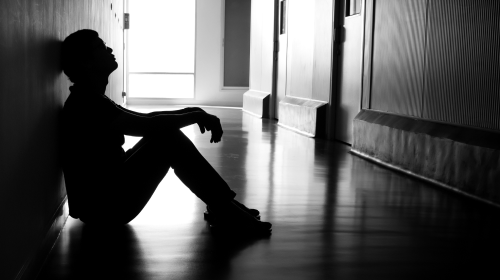
Illicit drugs were the most common category of drugs used by residents of South Dakota.1
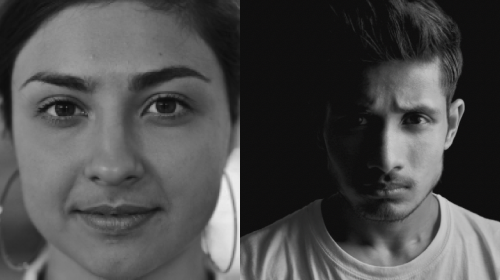
14.9% of women in South Dakota reported using drugs compared to 9.5% of men.1
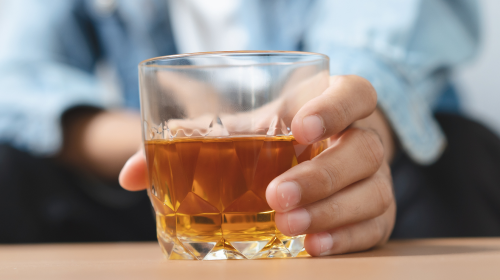
In 2020, South Dakota reported nearly 19.4% of adults engaged in excessive drinking.2
25.6% of men reported excessive drinking, while only 13% of women reported excessive drinking.2
There were 10.3 drug deaths per 100,000 residents in South Dakota in 2019.3
Drug and Alcohol Laws in Sioux Falls, SD
Alternate Sentencing: South Dakota has Problem-Solving Courts that provide alternative sentencing options for offenders dealing with substance abuse disorder. Non-violent offenders are eligible to apply for the programs if they agree to a guilty plea. The program involves drug testing, court supervision, and substance abuse treatment.8
The Good Samaritan Law: South Dakota has a “good Samaritan law” that protects you from arrest if you call for help during an overdose. If you or someone else is experiencing an overdose and you call for assistance, authorities cannot arrest you for drug-related offenses if you remain at the scene and cooperate with EMTs or police.9
Naloxone Access: South Dakota has a statewide standing order that allows pharmacists to dispense naloxone without a prescription. Anyone who uses opioids or has contact with opioid users can request naloxone at a participating pharmacy. You may need to call ahead and make sure the pharmacy stocks naloxone.10
Resources
- Sioux Falls reports record highs in overdose deaths and seized fentanyl. (2022, March 8). SDPB.
- FindTreatment.gov. (n.d.). FindTreatment.gov.
- America’s Health Rankings. (2021). Non-Medical Drug Use – Past Year in South Dakota.
- America’s Health Rankings. (2020). Excessive Drinking in South Dakota.
- America’s Health Rankings. (2020). Drug Deaths in South Dakota.
- South Dakota Department of Human Services. (2022). Human Services Center.
- Substance Abuse and Mental Health Services Administration. (n.d.). Single State Agency Directory.
- South Dakota Department of Human Services. (2022). Indigent Medication Program.
- South Dakota Department of Human Services. (2022). Correctional Behavioral Health.
- South Dakota Unified Judicial System. (2022). Problem Solving Courts.
- South Dakota Legislature. (2017). Immunity from arrest or prosecution for reporting person in need of emergency medical assistance for drug-related overdose.
- SD DSS, Division of Behavioral Health (n.d.). Statewide Standing Order for Naloxone Distribution from Pharmacies in SD.
- Experience Sioux Falls. (n.d.). Neighborhoods.

